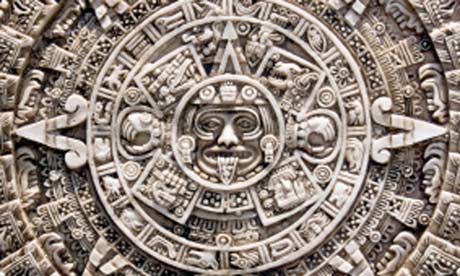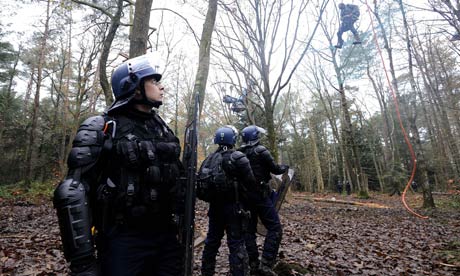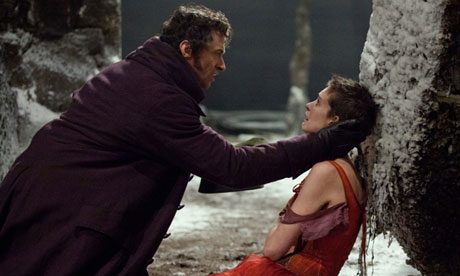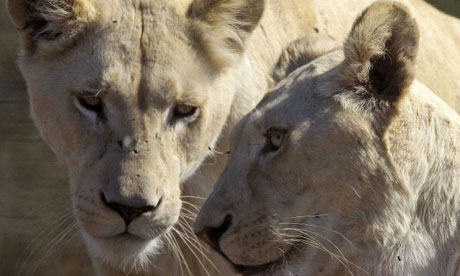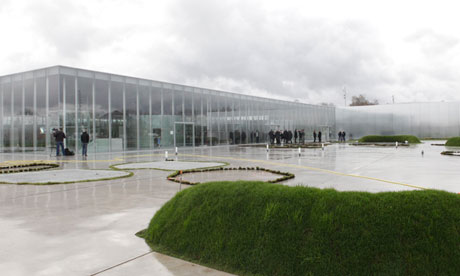Calendars were first made so that people could predict recurring events, such as planting and harvest times. In 45 B.C., Julius Caesar ordered that the new year be celebrated on January 1st to honor Janus, the god of beginnings and gatekeeper of heaven and Earth. Janus was a double-faced god who looked forward into the new year and backward to the old. The name Janus gave us the word January.
The passing of one year into the beginning of another is marked around the world by New Year’s Eve customs ranging from high-spirited parties to solemn prayer and thought. The most colossal and famous New Year’s party takes place in New York City. Millions of people around the world will soon watch the ginormous Waterford crystal ball drop over Times Square.
“Auld Lang Syne,” written by the Scottish poet Robert Burns, is the song most identified with New Year’s celebrations. We all know “Auld Lang Syne,” even though few of us really know what it means, which happens to be “old long since,” or “long ago.” The song was first popularized in 1929 by Guy Lombardo and his Royal Canadians orchestra.
On Jan. 1, we make New Year’s resolutions, vowing to better ourselves in the coming year. Many of these resolutions are forgotten as soon as they’re made, but the sentiment remains noble. Taking a few moments to reflect on our shortcomings and optimistically plan to overcome them is better than making no attempt at all. And sometimes, when we are ready for change, those resolutions do stick — some for a few months, some for a year and some for a lifetime.
There are so many ways of saying, “Happy New Year!”: A.A. Milne says, “Happy Pooh Bear!”; Homer (the ancient Greek epic poet, not the bald, yellow Simpson) says, “Harpy New Year!”; Lady Godiva says, “Happy Nude Year!”; Vincent Van Gogh says, “Happy New Ear!”
Jerry Brown says, “Hippie Dude Year!”; Barack Obama, Joe Biden, Dianne Feinstein, Scott Peters, Bob Filner, et al. say, “Happy Blue Year!” And your faithful language columnist spooneristically exults, “Happy New Year! It’s nice to have You Near!”
Here are the ways people in various jobs wish you the start of 2013: a maple syrup seller: “Sappy New Year!”; a cartographer: “Mappy New Year!”; a detective: “Happy Clue Year!”; a jet plane manufacturer: “Happy New Lear”; a laser gunner: “Zappy New Year!”; an airport helper: “Redcappy New Year!”; a priest: “Happy Pew Year!”; a junkyard owner: “Scrappy New Year!”; a sea captain: “Happy Crew Year!”; a pirate: “Happy Bluebeard!”; a haberdasher: “Natty, Hatty New Year”; an energy provider: “Happy Nuclear!”; a comedian: “Clappy New Cheer!”; a hip hop artist: “Rappy New Year!”; a songwriter: “Happy ASCAPpy New Year!”; a lawyer: “Happy Sue Year!”; a lumberjack: “Choppy Hew Year!”; a job counselor: “Happy New Career!”; a cobbler: “Happy Shoe Year!”; a mechanic: “Happy Lube Gear!”; a bartender: “Tappy Brewed Beer!”;
And here are the ways some animals say it: from a puppy: “Yappy New Year!”; a kitten: “Lappy Mew Year!”; a turtle: “Snappy New Year!”; a skunk: “Happy Eeeeeewww Year!”; a duck: “Flappy, Quacky New Year!”; cattle: “Happy Moo Steer!”; a large water beast: “Hippo New Year!”; an antelope: “Happy Gnu Deer!”; a kangaroo, a frog, a toad and a bunny: “Hoppy New Year!”
Aula Cero Idiomas wishes you a Happy New Year 2013 !!

